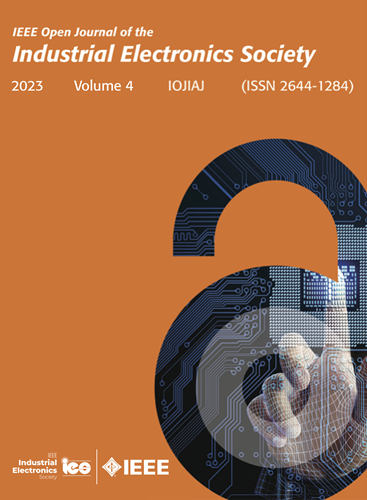Feedforward Repetitive Approach to Disturbance Rejection in DAB Converters for EV Charging
IF 7.2
1区 工程技术
Q1 AUTOMATION & CONTROL SYSTEMS
引用次数: 0
Abstract
Single-phase ac/dc converters are popular in charging electric vehicle (EV) batteries due to their bidirectional power flow, electrical isolation, high efficiency, and benefits of power quality. However, these converters can suffer from low-frequency output ripple caused by system nonlinearities and power discrepancies, which reduces output power quality and battery life. This article proposes a modified disturbance rejection control method that uses a feedforward repetitive approach in parallel with a traditional disturbance observer for dual active bridge (DAB) converters in EV charging. A low-pass filter is incorporated into the repetitive controller to reduce high-frequency gain and ensure system stability without introducing phase delays. Theoretical analyses of stability and disturbance rejection capabilities have been discussed elaborately which offer insights for tuning control parameters. The efficacy of the proposed controller is validated through implementation in a laboratory-built DAB converter prototype. Experimental results demonstrate superior dynamic performance and low-frequency ripple reduction compared with traditional methods such as disturbance rejection control and PI control, highlighting the effectiveness of this repetitive control-based approach in improving EV battery charging systems.电动汽车充电DAB变换器干扰抑制的前馈重复方法
单相ac/dc转换器因其双向电流、电隔离、高效率和电能质量优势而在电动汽车(EV)电池充电中很受欢迎。然而,这些转换器可能遭受由系统非线性和功率差异引起的低频输出纹波,从而降低输出功率质量和电池寿命。针对电动汽车充电中的双有源电桥(DAB)变换器,提出了一种改进的抗干扰控制方法,该方法采用前馈重复方法与传统的扰动观测器并联。低通滤波器集成到重复控制器中,以降低高频增益并确保系统稳定性,而不会引入相位延迟。对稳定性和抗扰能力的理论分析进行了详细的讨论,为控制参数的整定提供了见解。通过在实验室构建的DAB转换器样机中实现,验证了所提出控制器的有效性。实验结果表明,与抗干扰控制和PI控制等传统方法相比,该方法具有更好的动态性能和低频纹波抑制能力,突出了这种基于重复控制的方法在改进电动汽车电池充电系统中的有效性。
本文章由计算机程序翻译,如有差异,请以英文原文为准。
求助全文
约1分钟内获得全文
求助全文
来源期刊

IEEE Transactions on Industrial Electronics
工程技术-工程:电子与电气
CiteScore
16.80
自引率
9.10%
发文量
1396
审稿时长
6.3 months
期刊介绍:
Journal Name: IEEE Transactions on Industrial Electronics
Publication Frequency: Monthly
Scope:
The scope of IEEE Transactions on Industrial Electronics encompasses the following areas:
Applications of electronics, controls, and communications in industrial and manufacturing systems and processes.
Power electronics and drive control techniques.
System control and signal processing.
Fault detection and diagnosis.
Power systems.
Instrumentation, measurement, and testing.
Modeling and simulation.
Motion control.
Robotics.
Sensors and actuators.
Implementation of neural networks, fuzzy logic, and artificial intelligence in industrial systems.
Factory automation.
Communication and computer networks.
 求助内容:
求助内容: 应助结果提醒方式:
应助结果提醒方式:


